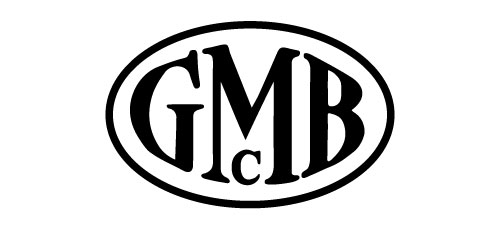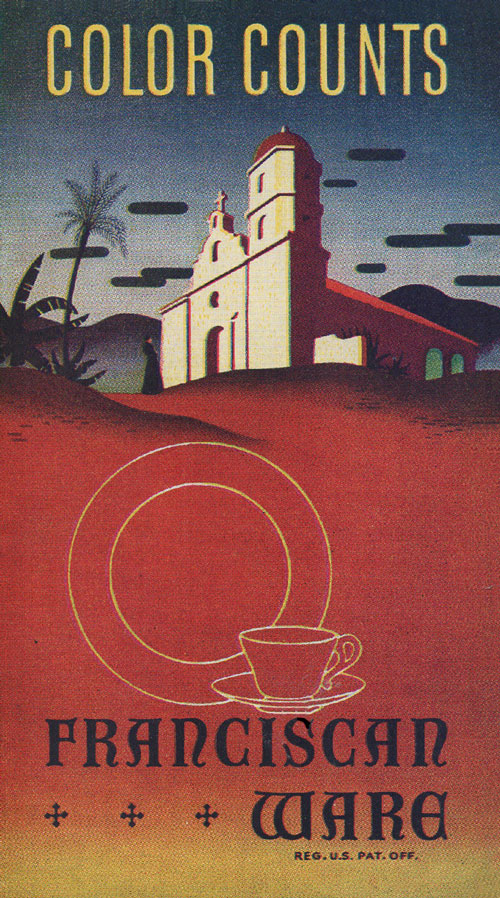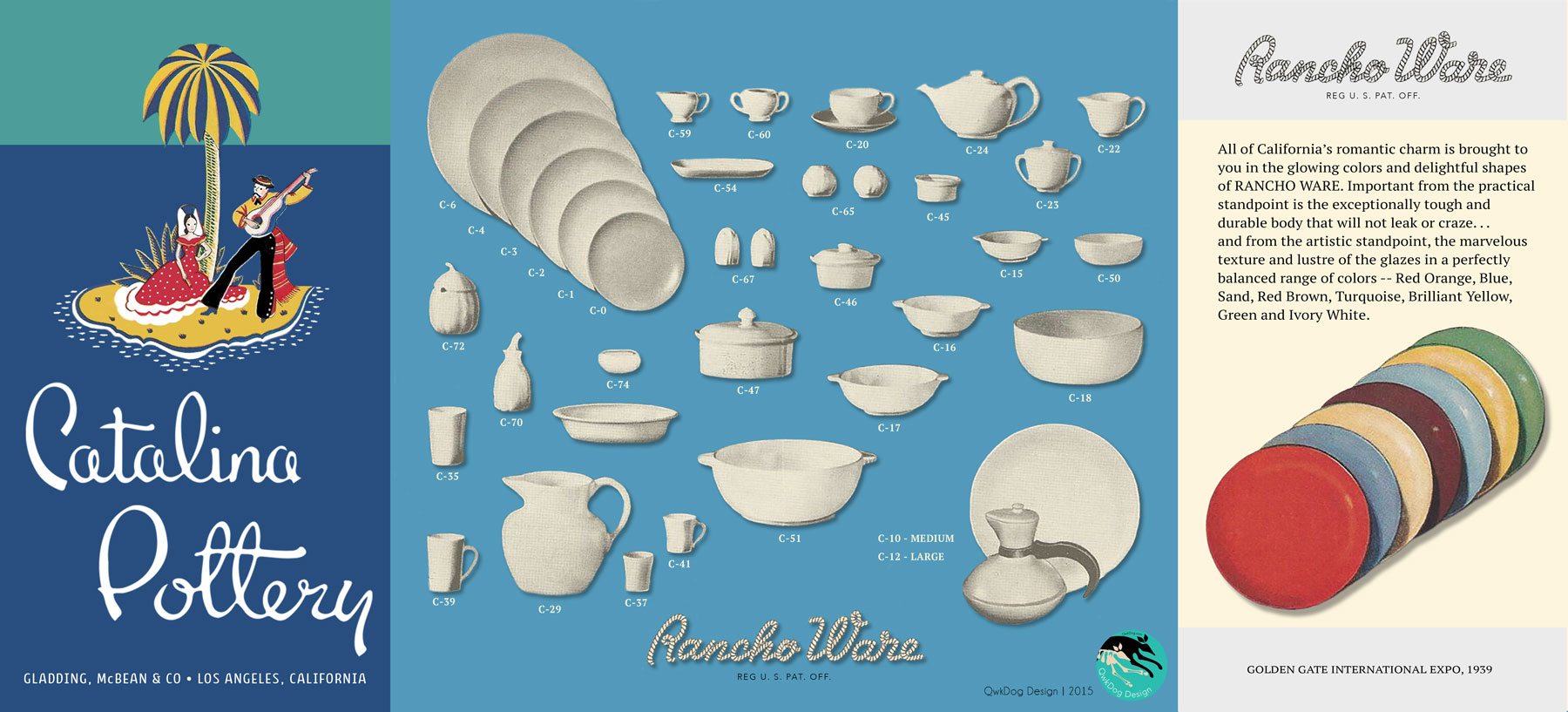Gladding-McBean (GMcB), California’s oldest and largest pottery, was founded in Lincoln, CA in 1875 by Charles Gladding, Peter McBean and George Chambers. As with many other pottery manufacturers during the period, they specialized in architectural tile, bricks and other building materials to support the California building boom. In 1923, the company acquired a majority holding in Tropico Potteries (a producer of faience and floor tile producting) giving GMcB access to additional plant and mining facilities as well as new product lines. More importantly, Tropico’s location in Glendale gave GMcB a stronghold in Southern California. The expanded company continued to produce ornamental tile for commercial and residential buildings. In 1924, they added garden pottery to the product lineup selling through wholesalers or pottery yards. As demand for clay building materials increased, GMcB continued their acquisition spree in the 1920s, purchasing Calco Tile Manufacturing, Pomona Tile Manufacturing, Northern Clay Company, and Los Angeles Pressed Brick Company (and several others!).
Like all other pottery producers in the area, the 1927 Southern California real estate crash and the subsequent 1929 stock market crash hit the company’s bottom line as demand for building materials dramatically declined. By 1931, the company was teetering on bankruptcy and needed to find new products to bring to market. In 1932, seeing Bauer Pottery and Pacific Pottery‘s success with consumer pottery, they began experimenting with making dinnerware. In testing their early ware, they found that pieces crazed badly. They were able to resolve this issue by switching to a patented clay body type called “malinite.” Malinite’s one-fire clay body resisted crazing, a point the company used in marketing the wares. Adding to their production capability, GMcB purchased the west coast properties of American Encaustic Tiling Company. As part of that purchase, they acquired Prouty tunnel kilns essential for the efficient production of dinnerware in 1933. American Encaustic had purchased Proutyline Products of Hermosa Beach in 1926. GMcB established the Hermosa Beach plant as the headquarters for their tile production under the trademarked Hermosa Tile brand until 1937.
The company began producing dinnerware in the Glendale plant in 1934 under the leadership of Frederic J. Grant. His wife, Mary K. Grant, a former art director at Macy’s Department Store in New York City, is credited with the design of the art and dinnerware sets produced by the company, including their inaugural colorware line, El Patio. GMcB quickly followed with the Coronado line in 1935. Another notable dinnerware line of the 1930s included the solid-colored Montecito line, along with several pattern derivatives.
The company marketed dinnerware lines under the “Franciscan Pottery” name, which was officially changed to “Franciscan Ware” in 1936. GMcB is also credited with marketing the first “starter sets” of dinnerware in 1936: four place settings bundled together in a single package and popular as wedding gifts. They produced a wide variety of accessories and additional place setting items as open stock. By the end of its long run in 1954, GMcB glazed El Patio in approximately 20 different colors.
In 1937, GMcB purchased the assets of Catalina Island Pottery, the pottery division of the Santa Catalina Island Company. The purchase included all of the master molds, existing inventory, “Catalina Pottery” brand name, and plant assets. GMcB continued to produce many of the dinnerware pieces and added new table- and decorative ware under the Avalon, Aurora and Encanto art ware lines. The dinnerware line was relaunched as Catalina Rancho, which they produced at the Glendale plant from 1937-1941. The GMcB Catalina pieces can be differentiated from original Catalina pottery by the backstamps and marks: GMcB often included a “Made in U.S.A” mark, and “Catalina Pottery” brand; original Catalina pieces are marked “Catalina Island Pottery.” GMcB Catalina pottery is not as collectable or desirable as original Catalina pottery.
Facing hard times, GMcB sold the Franciscan division to English pottery company Wedgwood in 1979. By 1984 all Franciscan ware was being produced in England, specifically the popular Desert Rose (1941-) and Apple patterns, still made today. GMcB exists today as a producer of clay tiles, terra cotta, garden pottery and pipe.









